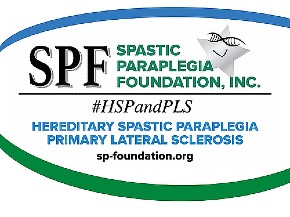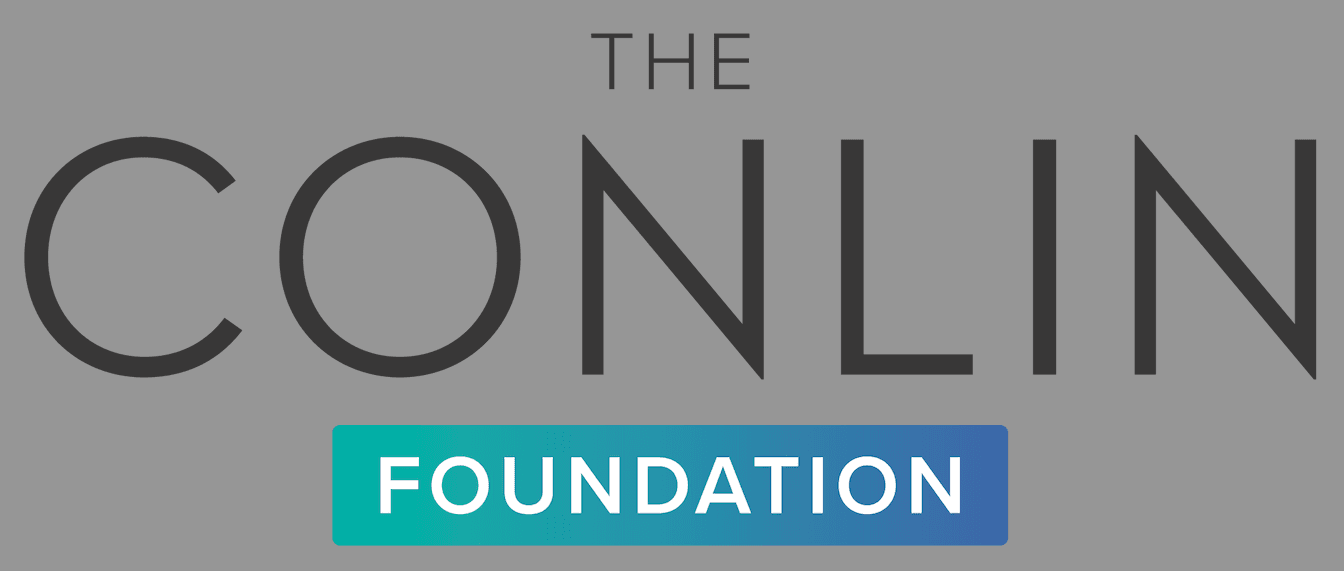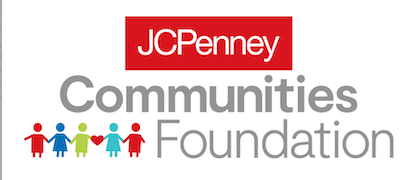The second-most shocking thing He Jiankui told the international genome editing summit in Hong Kong last November — right after announcing that twin girls had been born from embryos whose DNA he’d changed with CRISPR — was that he’d followed guidelines on embryo editing set forth by a panel of leading U.S. scientists and ethicists.
That committee of the National Academies of Science, Engineering, and Medicine basically said, in 2017: If society agrees this is OK, proceed with extreme caution. He claimed he had checked all the panel’s boxes, meeting a long list of criteria that include editing only genes “convincingly demonstrated” to cause the disease, conducting “credible” animal studies first, and having “reliable oversight mechanisms.”
Whether he honestly believes that, or is just claiming to as a way of spreading around the blame for a dangerous, unethical experiment, is anyone’s guess. But his statement horrified virtually everyone — and no one more than members of that 2017 committee.
“It was a shock,” said biologist Richard Hynes of the Massachusetts Institute of Technology, the committee co-chair. Regardless of what He claimed, “he broke all the rules” that the panel said embryo editing must follow. “He certainly didn’t follow the spirit of the report,” said Sharon Terry, president of the nonprofit advocacy group the Genetic Alliance and a member of the 2017 committee.
Even before He’s double bombshell, however, there was concern that the 2017 report unintentionally left the door open to unethical embryo editing. “Some of us had talked about it being necessary to produce more detailed guidelines,” said biologist Robin Lovell-Badge of London’s Francis Crick Institute, a member of the 2017 panel.
They didn’t do it in time to stop He. But now it’s mulligan time for embryo-editing rules.
On Tuesday, the International Commission on the Clinical Use of Human Germline Genome Editing will start the do-over, holding its first public meeting to discuss what the organizers — the Academies and the U.K. Royal Society — hope will be a more detailed, less ambiguous report on embryo editing. Also called germline editing, the technique alters the DNA of embryos in a way that any future offspring would inherit.
“We can’t leave things as they were in 2017,” said Dr. Victor Dzau, president of the National Academy of Medicine. “There are still outstanding questions about what should and should not be done. There needs to be a lot more clarity” about the circumstances under which embryo editing would be acceptable.
The authors of the 2017 report didn’t intend it to be ambiguous. But it did not say that embryo editing should be forever off the table. Instead, it concluded germline editing “might be permitted,” but only after “much more research” and “for compelling reasons and under strict oversight.”
This time around, Dzau said, “we have to be clearer.”
The report of the International Commission, due next summer, might therefore spell out exactly what mouse and other experiments would be required before CRISPR’ing a human embryo, how much would have to be known about the target gene, and precisely how to analyze the embryo’s DNA to be sure the edit happened as intended before starting a pregnancy, said Lovell-Badge. Any such guidelines would also avoid subjective language (“reliable oversight,” “serious disease,” “reasonable alternatives”) that a rogue scientist could hide behind.
For instance, one alternative for couples who want to spare their child a genetic disease that runs in their families is to analyze the genomes of embryos created through in vitro fertilization, and to implant only healthy ones. The circumstances under which such “preimplantation genetic diagnosis” can achieve that, or when couples have zero chance of a healthy embryo, “was not addressed in enough detail” by the 2017 report, Dzau said.
Nor was it clear about what “compelling” medical need or circumstances are. He Jiankui argued that protecting children against HIV infection cleared that bar, justifying his decision to CRISPR the CCR5 gene into a form that prevents most strains of the AIDS-causing virus from infecting cells. There are ways to prevent HIV infection well short of CRISPR’ing people, however, making “compelling” very much in the eye of the beholder.
Simple as it might be to declare embryo editing unproved and unsafe and therefore unacceptable, Dzau said, that isn’t an option. “Science moves so fast, I can imagine at some point it will be an easy and safe procedure,” he said. Indeed, calls for a moratorium on clinical use of human germline editing, which followed He’s birth announcement, implicitly recognize that one day, perhaps soon, the safety and other arguments against embryo editing will recede. Well before then, Dzau argued, “we have to determine when it is safe enough. What, specifically, would you need for a green light?”
That would involve very in-the-weeds issues such as what genome sequencing and other technology to use when evaluating whether CRISPR hit its target, how many embryo cells it edited (He fell well short of 100 percent), and whether even intended edits might cause side effects. The CCR5 gene that He aimed for — and mostly missed — has been implicated in many traits beyond susceptibility to HIV, including vulnerability to flu and West Nile viruses and shortened life expectancy.
The 2017 report “was focused on principles,” Lovell-Badge said. The new commission “should be focused on practical details.”
And not only technical details. He insisted he obtained “adequate” informed consent, as per the 2017 guidelines, from the parents whose embryos he altered. In fact, he obtained the consent himself (an ethical no-no, since people can feel coerced when the scientist leading the research makes the request) and didn’t fully explain the risks and benefits.
The new commission aims to develop a “framework” that national governments and others could use when establishing regulations for embryo editing, or prohibiting it. The technique is currently banned in the U.S., much of Europe, Japan, Canada, and Australia, though some countries’ restrictions are ambiguous; many haven’t addressed the issue at all. Chinese authorities concluded after an investigation that He’s experiment violated its laws, and he was fired from his position at Southern University of Science and Technology in Shenzhen.
“I don’t think you can make the door [to embryo editing] impossible” for a rogue scientist to walk through, MIT’s Hynes said. “But you can make it harder.” One way to do so would be to explicitly endorse a moratorium, something the 2017 committee “was afraid would put this off limits forever, since moratoriums tend to get stuck and never lifted,” Terry said.
As it happens, a Russian scientist recently declared his intention to CRISPR embryos. And with a New York fertility doctor, He discussed offering embryo editing to couples, Science recently reported.
“I hope,” said Lovell-Badge, “that we can do something before crazy people set up an [embryo editing] clinic and try to make a buck.”









